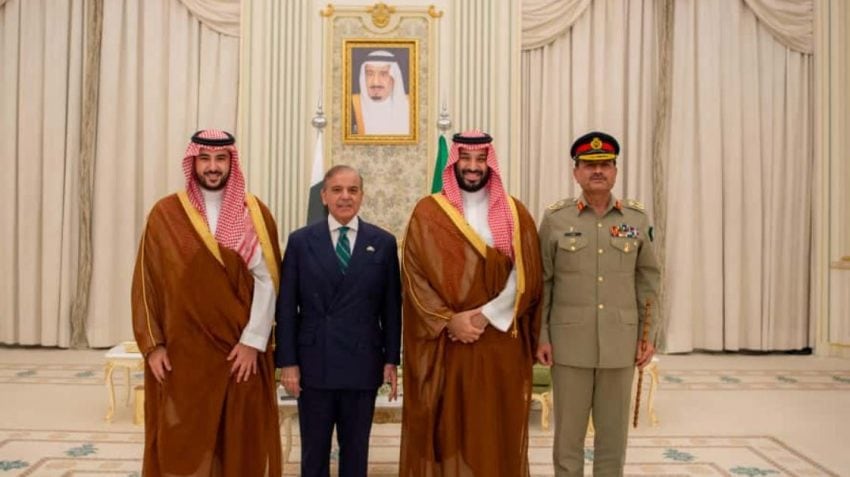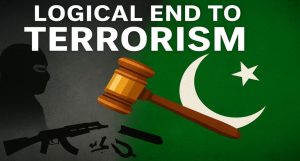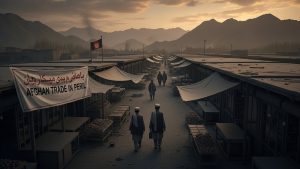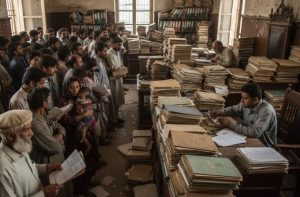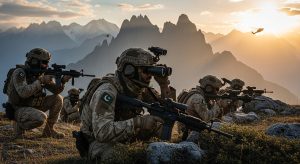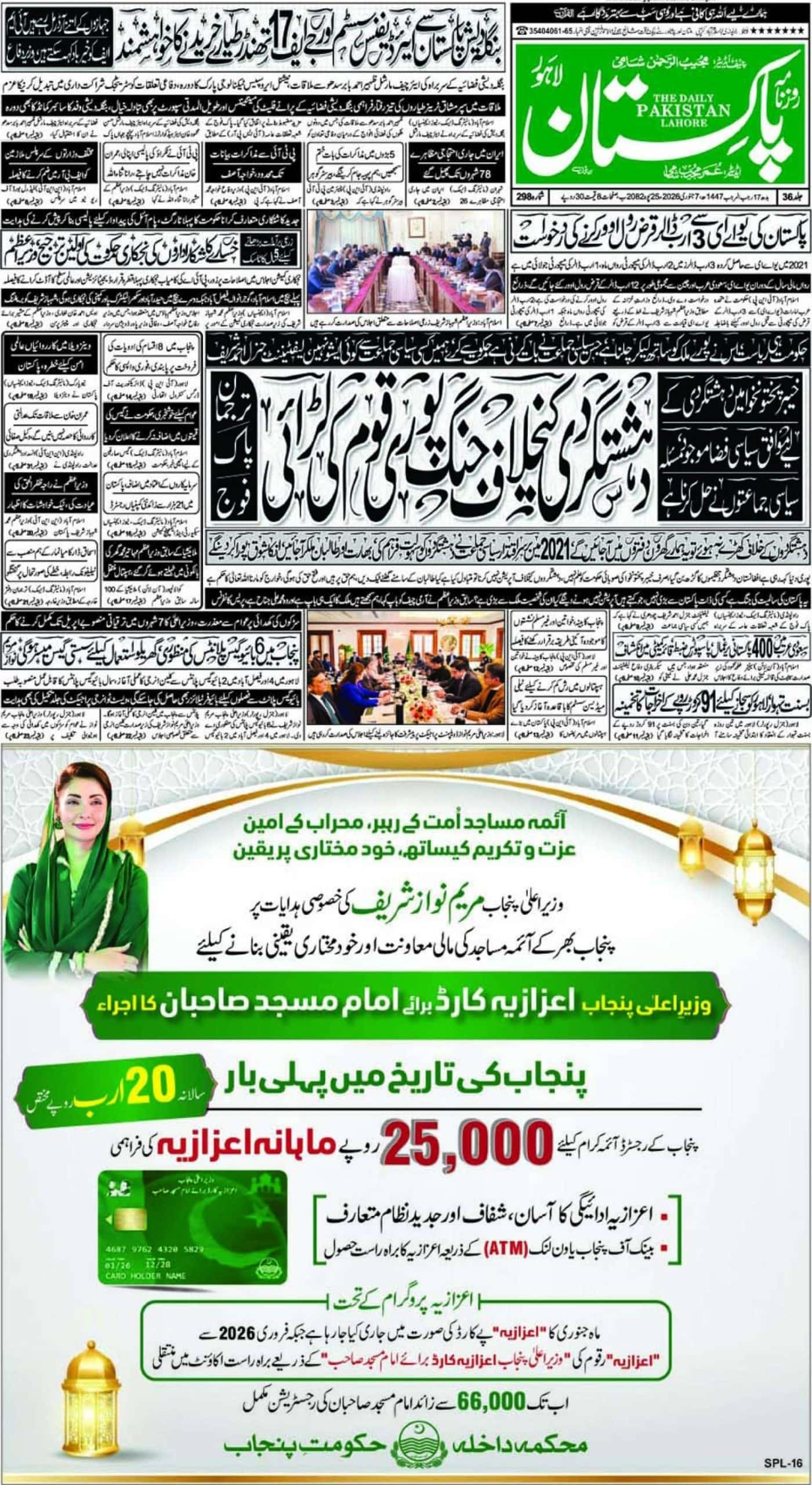Everywhere you look, old alliances are showing their age and new conflicts are threatening to boil over. In this kind of environment, stability is the most valuable currency there is. The new Strategic Mutual Defence Agreement between Saudi Arabia and Pakistan should be seen in this light—not just as another pact, but as a major investment in regional security. To call it a simple military deal is to fundamentally misread the balance sheet. This is the formalization of a historic friendship, finally giving it a modern structure to navigate the complexities of the 21st century.
So, what does ‘strategic’ really mean here? Let’s be clear: it’s not just a fancy word for buying weapons or running military drills together. It’s the long-overdue decision to tie their economies, foreign policy, and security together. It’s a simple recognition that you can’t have a strong economy if your neighborhood isn’t safe. This is about something bigger than defending a border. It’s about protecting the shipping lanes that carry our energy, linking our markets so they grow together, and making sure we’re on the same page diplomatically. This pact essentially creates a secure highway for investment, connecting Saudi capital from Vision 2030 with the massive potential of Pakistan’s economy. When you bring all that together, both countries become stronger and safer.
What makes this pact uniquely robust, and immune to the transactional brittleness of other modern alliances, is that it is not an arrangement of convenience cooked up in a capital boardroom. It is the formalization of a relationship that already thrives on the streets of Riyadh and Lahore. This is a “bottom-up” alliance, cemented by decades of shared faith, cultural exchange, and the vital contributions of the hundreds of thousands of Pakistanis who have been partners in building the modern Kingdom. That reservoir of goodwill and mutual respect is a strategic asset more valuable than any piece of military hardware. The SDMA isn’t creating a bond; it’s simply giving a name and a structure to a profound fraternity that has existed for generations. In a sense, the leadership is catching up to the will of the people.
History offers a stark lesson: powerful alliances only work when anchored by two foundational principles: capability and restraint. Any pact, no matter how ambitious, is a hollow vessel if its signatories lack either the muscle to enforce their will or the maturity not to flex it needlessly. Both Saudi Arabia and Pakistan have proven they possess both in abundance. They are capable nations, commanding sophisticated defense apparatuses, immense human capital, and significant economic influence. More importantly, they have consistently demonstrated responsible statecraft. In a region prone to conflict, both nations have a long track record of navigating crises with a clear-headed focus on de-escalation and stability, from Pakistan’s careful stewardship of its nuclear deterrent to Saudi Arabia’s role as a balancing force in global energy markets.
The usual chorus of critics and regional rivals will undoubtedly miss this point, choosing instead to frame this as a belligerent or sectarian move. That is a fundamental, and perhaps willful, misreading of its intent. This agreement is the very definition of deterrence. It is a defensive pact designed to prevent conflict, not to start it. It sends a clear and steady message to any nation nursing a hubristic mindset or entertaining dreams of regional hegemony: aggression against one will be met with the unified resolve of two. This isn’t about raising tensions; it is about establishing clear red lines and making the calculus for aggressors prohibitively expensive. A strong, predictable alliance reduces regional risk and fosters predictability. The SDMA isn’t preparing for war; it’s building a peace so durable and a partnership so deep that war becomes unthinkable.

